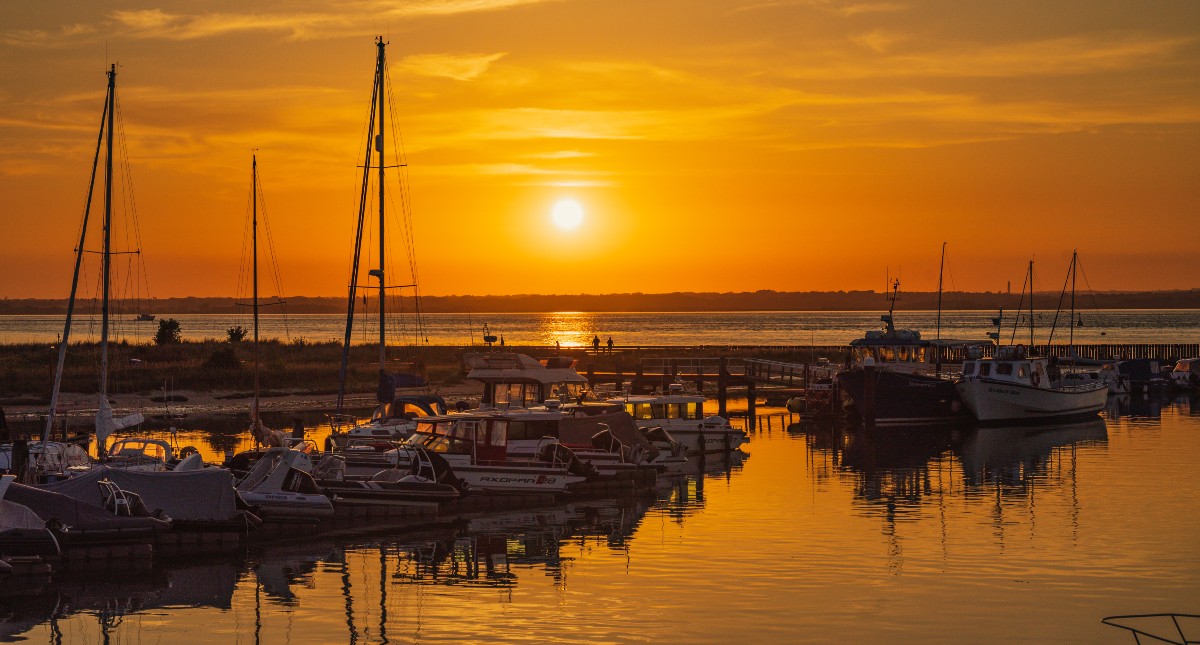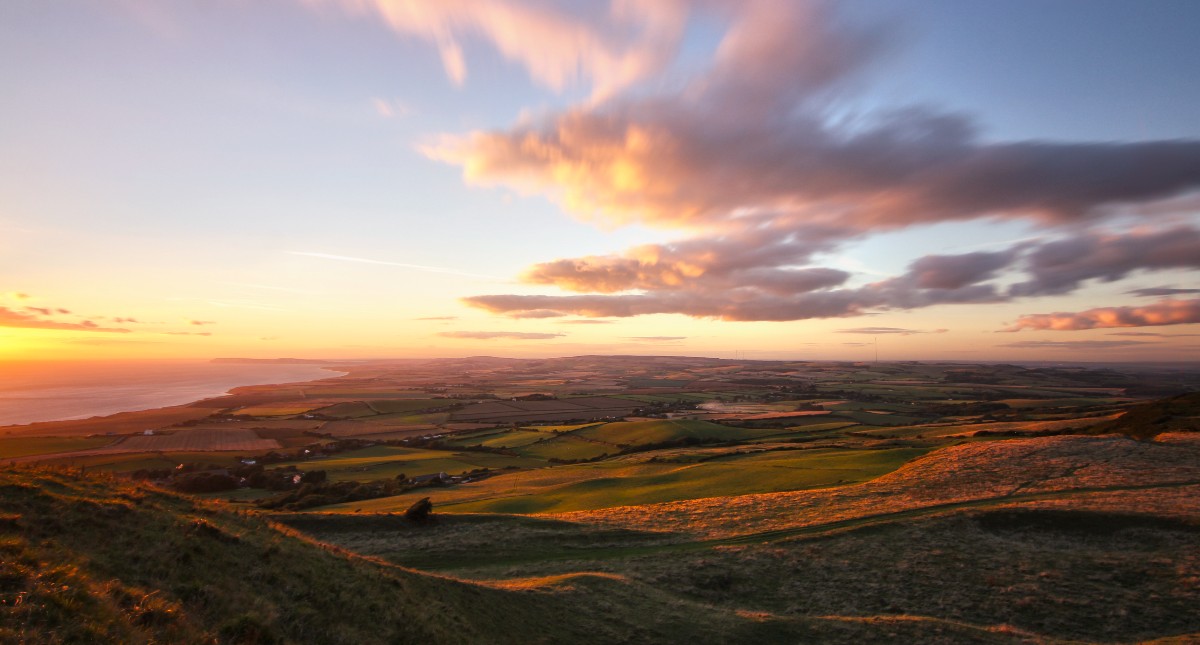The Isle of Wight transforms into a stunning tapestry of autumn hues, making it the perfect destination for autumn breaks in the UK. With vibrant colors and crunchy leaves underfoot, you can picture yourself warming by roaring fires in charming inns and pubs. Why not take this opportunity to explore the Island and celebrate the beauty of the season?
.jpg)
Colourful woodland walks on the Isle of Wight
With its own micro-climate, and more sunshine hours than anywhere else in Britain, the weather on the Island is tailor-made for fresh-air activities. Autumn is the perfect time to enjoy walking in the Island’s beautiful woodlands and forests, admiring sun rays dancing on leaves ablaze with colour and feeling the crunch of fallen leaves underfoot.
As a designated UNESCO Biosphere Reserve site and almost half the Island being an Isle of Wight National Landscape (formerly known as Area of Outstanding Natural Beauty), the Isle of Wight is renowned for its spectacular natural beauty.
You may even be lucky enough to see a famous Island resident, the red squirrel, scurrying around the forest floor burying nuts for the winter season. Although it’s a challenge to spot them in autumn as their russet-coloured fur blends perfectly with the changing foliage!
Take a stroll through Borthwood Copse, near Sandown, to admire the spectacular foliage of this ancient oak woodland with its sunny glades. A fragment of the medieval forest which covered most of the eastern end of the Island, there are some fine oak and beech trees which stand amongst glades of coppiced sweet chestnut and hazel.
America Wood, behind Shanklin, is another ancient woodland open to the public and is a Site of Special Scientific Interest. The high oak forest and spectacular views across Sandown Bay make a visit very worthwhile.
Follow the Pine and Oak Forest Trails at Parkhurst Forest, outside Newport. The Slow Travel Guide to the Isle of Wight will tell you everything you need to know about walking in the Parkhurst Forest area.
Or head to the largest forest on the Island, Brighstone Forest, to experience a kaleidoscope of colour, as well as dramatic views of the cliffs overlooking the south of the Island.
Firestone Copse, in Wootton Bridge, provides a peaceful haven for visitors seeking autumn colour and has a wheelchair / pram accessible trail. From English Oak and Ash to coniferous Douglas, Cedar and Scots Pine, there’s a whole range of deep autumnal hues to be enjoyed. It’s a good place for potential sightings of red squirrels too, thanks to the feeding stations that attract them to the forest.
To maximise that feel-good feeling of being nestled in nature, you could fit in a spot of Forest Bathing while you’re there.

Spectacular sunrises and sunsets
As the days get shorter and the temperatures lower, the skies get brighter and bolder. From pink to red, orange and even purple, the start and end of autumn days are more vivid than at any other time of the year.
With over 50 miles of stunning coastline on the Island, there are lots of exceptional vantage points to pause and watch in awe as the sun rises and sets.
For the most spectacular sunrises, early risers should make their way to the east coast of the Island. The coastline at Bembridge provides the perfect shot for a captivating sunrise / golden hour photo with the Bembridge lifeboat station pier in the foreground.
With days ending earlier at this time of year, you won’t have to stay up late either to see a stunning sunset! Experience the Island’s best sunset spots at Headon Warren to see the sun setting over the Needles, Gurnard Seafront, Thorness Bay, Colwell Bay, Totland Bay, Ryde beach, Yarmouth, across the harbour from The Terrace, and looking west from St Catherine’s Oratory (known locally as the Pepperpot).
Birds eye view
To truly appreciate the breath-taking beauty of the Isle of Wight in autumn, take a walk to the highest points of the Island for the best panoramic views.
At 241 metres high, St Boniface Down is the highest point with magnificent views over the countryside and Ventnor’s coastline. Other great viewpoints on the Island include St Catherine’s Down (239 metres), where you’ll find the Pepperpot, a stone lighthouse built in the 14th century, and Stenbury Down (226 metres) west of Wroxall, topped with an obelisk originally erected in 1774 by Sir Richard Worsley in memory of Sir Robert Worsley of Appuldurcombe House. Brighstone Down, at 214 metres, is partially covered by beautiful Brighstone Forest.
Why not go one step further and view the Island from the sky. The National Trust welcomes controlled and responsible hang gliding and paragliding on approved sites on East Afton Down, Compton Down, Chillerton Down, Luccombe Down, Culver Down and St Catherine’s Down.
Whatever you decide to do, it couldn’t be easier to get to the Isle of Wight via Lymington, Southampton, Southsea or Portsmouth. There are regular rail connections to the south coast via South Western Railway.
Travelling as a foot passenger is simple due to our excellent transport links with trains, buses, foot passenger ferries and our hovercraft service.
So, head to the Isle of Wight and discover a stunning natural landscape amidst the splendour of autumn colour and find out why the Isle of Wight is the perfect autumn escape!




 to add an item to your Itinerary basket.
to add an item to your Itinerary basket.






.png)




